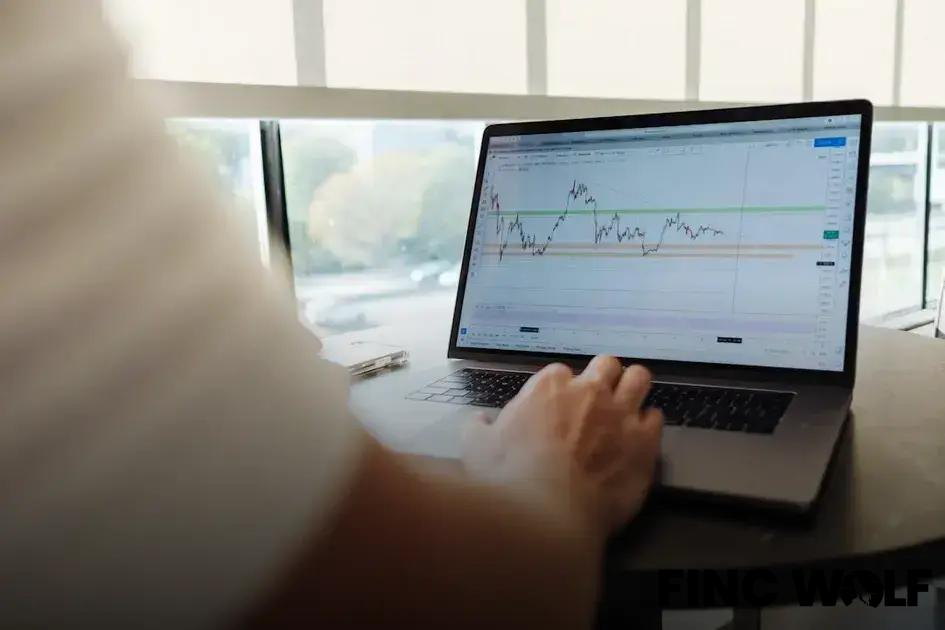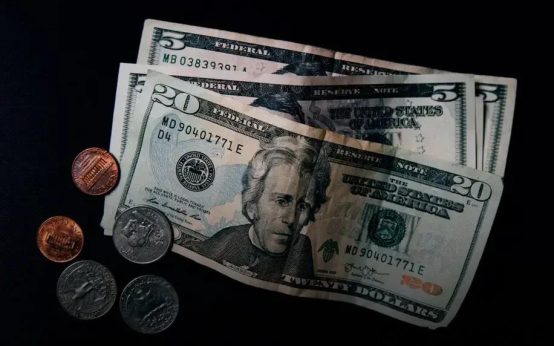Understanding the USD to EUR exchange rate trends in 2025 is crucial for investors and businesses alike. As we delve into the factors that could influence these rates, historical data offers valuable insights. This guide will walk you through predictions for the coming year, highlighting impacts on the global economy and strategies for traders. Stay informed and ahead of currency market shifts. Let’s explore what 2025 might hold for these exchange rates.
Overview of USD to EUR Exchange Rates
In 2025, the dynamics between the USD to EUR exchange rates continue to captivate economists and traders. This period sees the currency pair behaving in unique ways, influenced by various economic variables.
Several key elements influence these rates, such as interest rate decisions by the Federal Reserve and the European Central Bank. These entities’ monetary policies can significantly sway the exchange rate landscape.
Trade balances between the United States and the Eurozone also play a crucial role. A trade surplus or deficit can create fluctuations, impacting how the USD trades against the EUR.
Moreover, geopolitical tensions and agreements have the power to sway exchange rate trends. In 2025, particular scrutiny is placed on international agreements and political stability.
Another factor to consider involves inflation rates in both regions. Variations in inflation can alter purchasing power, thus affecting currency strength.
Economic growth forecasts for the U.S. and Europe form another layer of complexity. When growth projections rise, they may strengthen that currency relative to others, including USD and EUR.
Finally, the currency’s role as a safe haven impacts demand. When global markets face uncertainties, investors often turn to the dollar or euro as more stable options.
Factors Influencing Exchange Rate Trends

The exchange rate trends between the USD and EUR are affected by diverse economic and political factors. One major element is the interest rate differential between the U.S. Federal Reserve and the European Central Bank. When the Fed raises rates, it strengthens the USD as investors seek higher returns. Conversely, if the ECB increases rates without a corresponding Fed increase, the EUR may appreciate.
Inflation rates also play a critical role. Higher inflation in the eurozone compared to the U.S. can weaken the EUR relative to the USD, as purchasing power declines and vice versa. Watch out for inflation data releases as they often lead to significant currency shifts.
Economic growth indicators such as GDP growth or contraction significantly influence exchange rates. A robust U.S. economy can boost the USD, whereas stagnating growth can have the opposite effect. The same applies to the Eurozone, where economic health can directly affect EUR strength.
Trade balances are another factor. A country running a trade surplus can see its currency rise as foreign exchange flows from trade bolster demand. In contrast, a persistent trade deficit can put downward pressure on a currency.
Political stability and geopolitical events can lead to substantial fluctuations. During times of political uncertainty in the U.S. or Europe, investors may pull back from the respective currency, leading to depreciation. Conversely, political clarity can instigate a currency’s appreciation.
Lastly, market sentiment and speculative activities among traders can influence short-term movements. If traders collectively expect a currency to appreciate or depreciate based on news or rumors, their activity can cause significant shifts.
Understanding these factors is crucial for anyone looking to navigate the currency markets effectively. They offer a lens through which future exchange rate trends can be interpreted and anticipated.
Historical Data Analysis
Analyzing historical data is essential to understanding prospective trends in the USD to EUR exchange rate. By examining past movements, economic conditions, and geopolitical events, we gain insights into how the exchange rates have behaved over time.
Historically, the USD to EUR exchange rate has been influenced by factors such as interest rate differentials between the Federal Reserve and the European Central Bank, as well as economic growth indicators in both regions. For instance, periods of economic growth in the US typically lead to a stronger dollar.
Significant Events and Shifts
Notable historical events, like the European Debt Crisis or changes in US fiscal policies, have historically caused fluctuations in exchange rates. These events can provide a context for how political and economic shifts may play out in future currency value changes.
Previously, market volatility experienced during times of political unrest or economic uncertainty has also been reflected in exchange rate adjustments. Analysts typically look for patterns in these historical events to better anticipate future movements.
Market Response: Tracking how the market reacted in the past to interest rate hikes or cuts can provide a predictive framework for future market behavior. Understanding these historical responses can inform strategies for currency trading, helping traders make informed decisions.
Comparing the historical performance of the USD against the EUR further reveals cyclical trends that often repeat under similar economic conditions. This predictive modeling based on historical analysis plays a crucial role in forming expectations for the future trends in the exchange rate between USD and EUR.
Predictions for 2025

Analyzing the exchange rate trend for USD to EUR by 2025 requires an understanding of multiple factors that drive currency values. In recent years, fluctuations have been influenced by global economic conditions, such as inflation rates, interest differentials, and fiscal policies.
The projected trends for the USD to EUR exchange rate in 2025 consider the current economic policies of the United States and the European Union. As fiscal measures continue to evolve, these changes significantly impact currency strengths. With both economies striving to recover and grow amidst post-pandemic challenges, attention is turned to economic indicators that hint at future movements.
Focusing on the European Central Bank and the Federal Reserve’s monetary policies will help predict changes.
Europe’s Economic Growth
and its impact on the euro is an area of interest. As the EU pushes for technological advancements and green initiatives, economic resilience and growth in the region are expected to strengthen the euro.
Technological disruptions and shifts towards renewable energy may also shape economic strategies in both regions. Therefore, traders and investors should consider these developments when assessing currency risks. Unprecedented challenges such as political instability or unexpected economic events could however derail these projections.
In conclusion, while macroeconomic factors provide guidance, staying informed of real-time financial data and policy changes is vital for making educated predictions about the USD to EUR exchange rate in 2025.
Impact on Global Economy
The fluctuations in the USD to EUR exchange rate can have a significant impact on the global economy. With the euro being one of the most traded currencies globally, any changes in its value against the dollar can affect international trade, investment strategies, and economic policies.
When the USD strengthens against the EUR, European exports become more competitive in American markets. This dynamic can boost the European economy but might also lead to trade imbalances. Conversely, a weaker USD might boost American exports but could pose challenges for European economies reliant on exports to the U.S.
Fluctuations can also impact inflation. A stronger USD often results in cheaper imports for the U.S., keeping inflation low. However, the reverse scenario could lead to increased prices for imported goods.
Emerging markets could face increased volatility as currency shifts affect them differently. Countries with significant debts in USD might experience financial strain if the USD appreciates significantly.
Furthermore, changes in exchange rates may influence monetary policies across nations. Central banks might adjust interest rates or engage in currency interventions to maintain economic stability, reflecting on the broader global economic landscape.
Strategies for Currency Traders

Understand the Market
Currency traders need to analyze the trends of the USD to EUR exchange rate carefully. Staying updated with the latest news and economic events can offer significant insights. Traders should focus on economic calendars and market analysis reports released by reputed financial institutions.
Leverage Market Tools
Utilizing tools such as trading platforms and currency converters can help in gaining real-time data. Technical analysis tools that offer charts and trend indicators can guide traders in making informed decisions.
Diversification
A smart strategy is diversifying trades. Rather than focusing solely on USD to EUR, consider other currency pairs as well. This distribution can potentially stabilize returns amidst volatility.
Risk Management
Setting stop-loss orders is crucial. This technique helps in minimizing potential losses. Traders must also establish a clear risk management plan tailored to their financial constraints and trading goals.
In-depth Analysis
Conducting fundamental and technical analyses offers a comprehensive view of potential market directions. Fundamental analysis focuses on economic factors while technical analysis examines historical data to predict future trends.
Stay Adaptable
The ability to adapt to new information and change strategies accordingly is invaluable in currency trading. In fluctuating markets, flexibility can be a trader’s strongest ally.
Continuous Learning
Currency markets evolve, thus staying educated on new trading strategies and market conditions is essential. Participating in seminars, reading books, and following industry experts can enhance a trader’s knowledge base.





